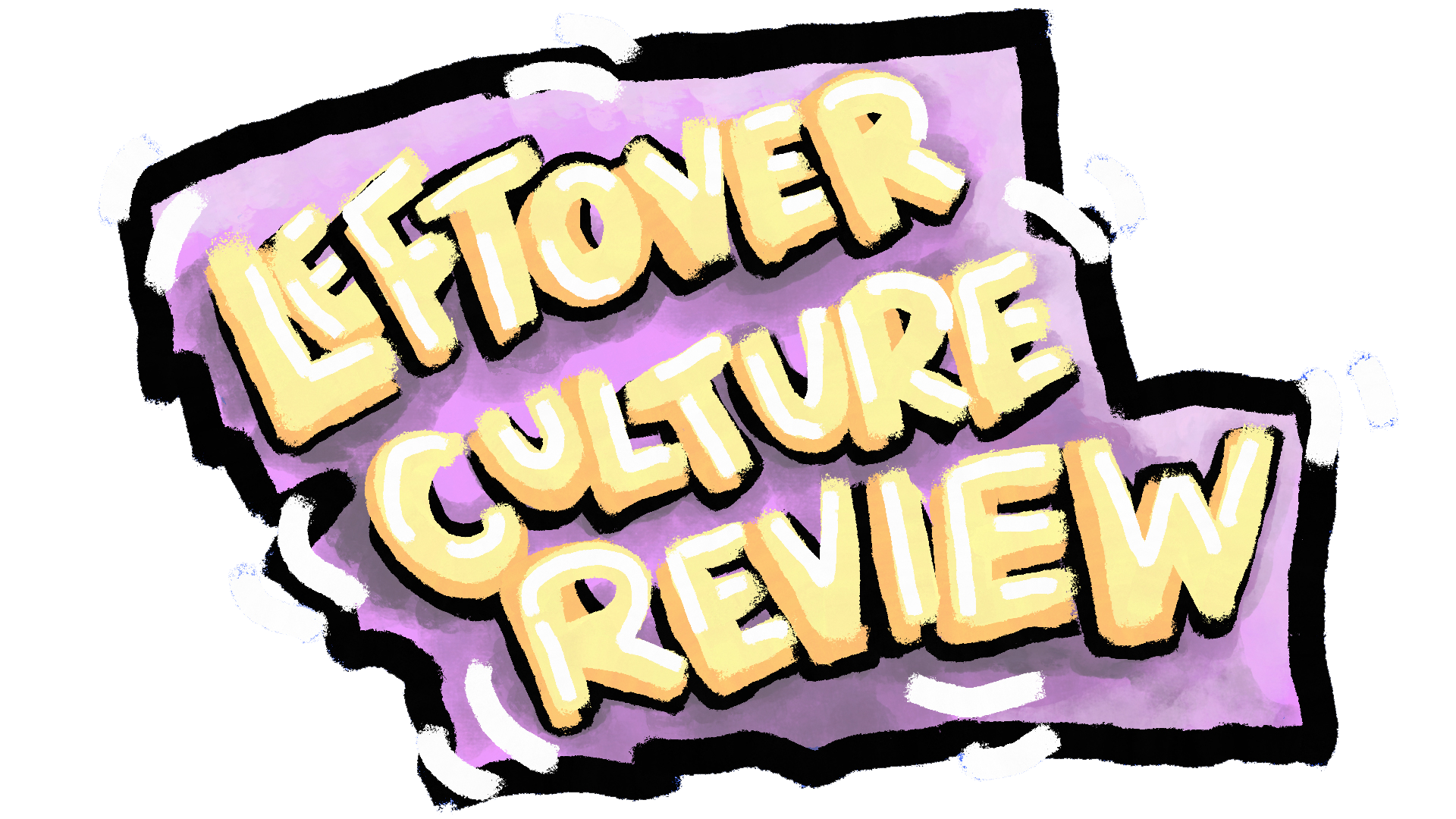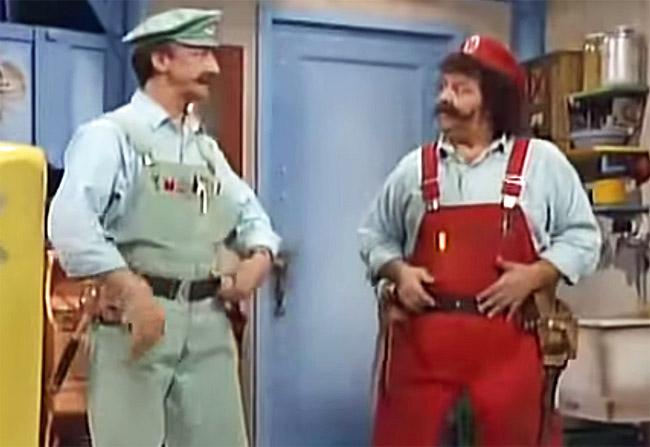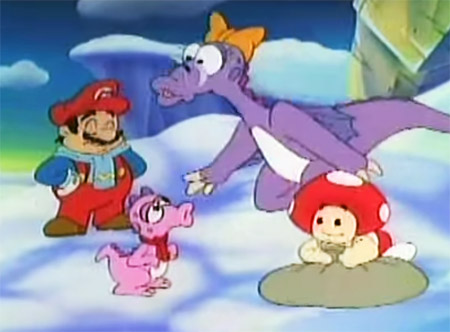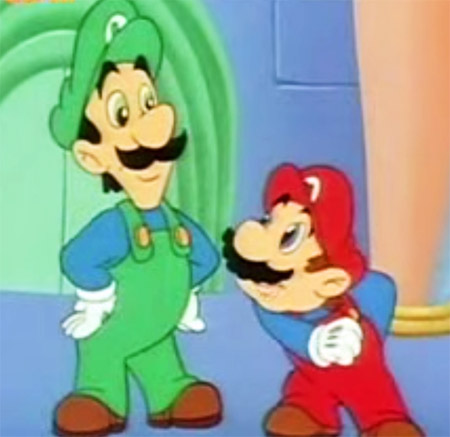The Super Mario Bros Super Show, The New Adventures of Super Mario Bros 3 & Super Mario World
A Plumber with a (few) cartoon problems.
With rumors swirling that Nintendo may have final gotten over the box office disaster that was Super Mario Bros., it seems appropriate to review the less hated incarnations of Mario and Luigi. In the late 80’s Nintendo would partner up with DIC Entertainment to bring the bros. and company to the small screen. This partnership would ultimately lead to 3 shows and 104 episodes, spanning from 1989 to 1991, with the adventures ultimately being cut and remixed into several other compilation shows for syndication.

The first crack at early morning cartoons was The Super Mario Bros. Super Show!, which not only featured the titular characters in an animated format, but live action as well. It also featured 2 theme songs, one which was broken into two parts, and the other which is still ingrained into the minds of fanboys everywhere. The live action segments, taking place at Mario Bros. Plumbing, starred former pro wrestler Captain Lou Albano as Mario and Danny Wells as Luigi. These segments are largely disjointed and are the opening and close of Super Show. They are barely coherent in storytelling, and serve more of a purpose to introduce celebrity guest then they are to entertain. Such guest include Vanna White, Magic Johnson, Roddy Piper, Sgt. Slaughter, Cyndi Lauper, Ernie Hudson and even Elvira. Sometimes Albano and Wells would portray other characters, therefor they would leave the scene and come back as a different person. As a whole they served little purpose outside of filler.
The second portion of the show was the cartoon itself. The animated segments followed Mario, Luigi (voiced by Wells and Albano), Toad and Princess Toadstool as they traverse the Mushroom Kingdom thwarting King Koopa and his collection of minions from the first two video games. Each episode began with a “Plumbers Log” which would typically set up what part of the kingdom they were in and what the parody would be for the theme. Koopa himself was no slouch when it came to playing up the parody, almost always dressing for the part and exchanging puns with the bros. Koopa and his troopas would often come close to taking over the land, but ultimately would be stymied.
In an interesting deviation, DIC and Nintendo decided to blatantly rip off one of the most popular shows at the time, Teenage Mutant Ninja Turtles. Throughout the entire series, Mario and Luigi constantly reference italian food. Every other line has food pun, and it’s used not only as a motivational tactic, but as a weapon. And when the going really gets tough, the brothers call upon “Pasta Power” by playing patty cake.
Super Show also featured a third segement, which was a trailer for the concurrent Nintendo show, Legend of Zelda. This, along with the live segements, would be edited in and out throughout the syndication cycle, as DIC would reimage all of the Mario shows to fit a variety of Nintendo centric shows. Super Show’s would end up having the most shows made at 65.
For the next outing, DIC was given more control of the product, and the results quickly went downhill. The Adventures of Super Mario Bros. 3 ditched the live action segments for two shorter animated sections and brought in almost all new voice actors. They also introduced powerups from the Mario Bros 3 game such as the Super Leaves and Frog Suits.
The biggest change was the introduction of the Koopalings. While they all looked the same from their video game counterparts, they all had different names. No diffinitive reason has been given for this, but presumably it was because Nintendo of America hadn’t made up their minds yet when the show went into production. So instead of Larry, Morton, Wendy O., Roy, Ludwig, Lemmy and Iggy, we have Cheatsy, Big-Mouth, Kootie-Pie, Bully, Kooky, Hip and Hop. They also acknowledge in several episodes that Koopa’s full name is Bowser Koopa.
A typical episode involved Koopa giving orders to one of the Koopalings to do some dirty work. It wasn’t too often all of the siblings worked together and he would at times pit them against each other. And they would gleefully sabotage each other if it meant they were to be favored by Koopa. But the mayhem wouldn’t stay in the Mushroom Kingdom. Multiple episodes take place in the “real world”, including an episode involving the President of the United States.
New Adventures is much more formulaic than its predecessor. The Koopalings are dumbed down (as if their names didn’t give that away) and are rarely a real threat. Koopa is also portrayed as a bit more comedic compared to Super Show and the fatherhood aspect pulls away from his general evilness.
For Toad, Princess Toadstool, Mario and Luigi, they are relatively in tact from Super Show. The most noticeable difference is the lack of food references. Mario’s voice is a bit deeper and gravelly, which takes a bit to get used to. As a whole the group compliments each other better in this series.
Turning Koopa into more of a comedic whipping boy hurt this series. The Koopalings could have added a fun, new dynamic to the series, but instead they are your typical incompetent goons. New Adventures was not an upgrade over Super Show, but certainly not the worst.
No, the worst of it all would come with the title of arguably Mario’s greatest adventure, Super Mario World. Launching in 1991, World brought our heroes (minus Toad) and Koopa and his Koopalings to Dinosaur Land. Dinosaur Land is populated with cavemen, and it’s not entirely clear if Mario and company have gone back in time, or simply to a primitive world.
Story lines are more of the same, except with annoying characters. Yoshi and Oogtar, the replacements for Toad, are childish and dim. Both have really annoying voices that grate on the nerves of the viewer. If they were more secondary characters it wouldn’t be so bad, but they have fairly prominent roles. The cheese is ramped up to 11 in World, so best to watch it with plenty of wine.
Instead of going out with a bang, Mario’s animated adventures would go down with a whimper. Two years later the disaster starring Bob Hoskins, John Leguizamo and (in an underrated performance) Dennis Hopper would hit the big screen, marking the last time we would see an original Mario adventure on any format outside of games. And honestly, that may be for the best. From 1989-1993 we saw a lot of variations of the Mario Bros., and while at times it could be entertaining, it ultimately did nothing to elevate the brand. What makes Mario so popular then and now is that when you see that red cap and mustache you know that you are in for an enjoyable gaming experience.
For more reviews and videos, check out www.nostalgicroe.com!



